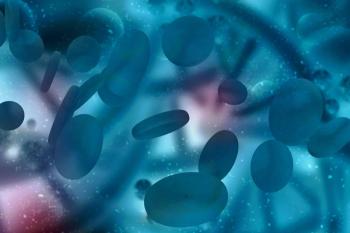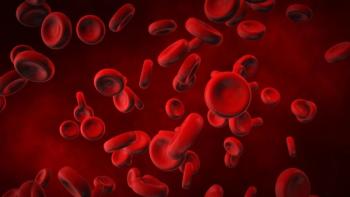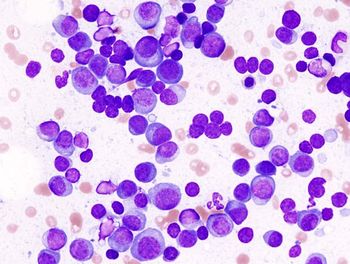
Oncology NEWS International
- Oncology NEWS International Vol 9 No 6
- Volume 9
- Issue 6
Mammography in a Digital Age: The Experience at Moffitt
ORLANDO-The technology for mammography to go digital is here, but it may take 5 or 10 years for the transition because of the higher costs that the newer method entails, Maria Kallergi, PhD, said at the Joint Cancer Conference of the Florida Universities.
ORLANDOThe technology for mammography to go digital is here, but it may take 5 or 10 years for the transition because of the higher costs that the newer method entails, Maria Kallergi, PhD, said at the Joint Cancer Conference of the Florida Universities.
Dr. Kallergi is assistant professor of radiology, University of South Florida, and director of the H. Lee Moffitt Cancer Centers Digital Medical Imaging & Analysis Program. There, she said, we have the first clinical digital mammography unit from GE. [The GE DMR 2000D, formerly known as the GE Senographe 2000D. See ONI March 2000, page 13.]
Digital mammography has certain major advantages over standard mammography, Dr. Kallergi said. You can process the images in various ways. For example, you can apply algorithms to manipulate the gray scale values. The enhancement and manipulation of images produces a variety of visual effects that, together, convey more diagnostic information than is possible with standard x-ray mammograms.
The computer can detect areas of suspicious tissue and can heighten their display in starkly contrasting black-and-white images. Some images end up looking like contour mapswith bumps to indicate the presence of masses or calcifications, she said.
At the Digital Medical Imaging & Analysis Program, she said, researchers are focusing on computer-assisted diagnosis (CAD), which allows the automatic detection and benign/malignant classification of masses and calcifications in mammograms. CAD detection methods, she said, can currently reach a sensitivity of 90% to 95%, with fewer than one false calcification cluster per image and fewer than two false masses per image.
Soft copies of the digital images can be stored in and displayed on the computer, or images can be printed as hard copies on a laser printer (at a cost of about $5 per print). No more lost films promises to be one considerable advantage of digital mammography, she said.
Digital mammograms do require copious storage space in a computers memory. A single digital mammogram has a size of about 90 million bytes. A huge amount of space is required for each patient, Dr. Kallergi said.
She discussed pending projects that involve networking. In one scenario, various hospitals could convey their digital images to an expert cancer center, such as Moffitt, for diagnosis.
Transmission times for the images vary enormously depending on whether the means for conveying the data is wired or wireless. With a 56k modem, it takes 4 hours to send one mammogram, she said, while the transmission time via satellite is less than 5 seconds. The key to speeding up the transmission time via standard wired or wireless means, she said, will be image compression via mathematical processes.
In summary, Dr. Kallergi said, while the standard mammography film still does better in terms of spatial resolution and cost, the newer method performs better in terms of contrast, detection efficiency, versatility, and safety.
Articles in this issue
over 25 years ago
Genentech Issues Warning on Herceptinover 25 years ago
How Physicians Can Effect Changes in Health Care Policyover 25 years ago
Four From Congress Receive Tsongas Awardover 25 years ago
NCI Targets Cancer Disparities With Community-Based Programsover 25 years ago
Mapping Predicts Nodal Status in Colorectal Cancer Patientsover 25 years ago
SSO President Tells Members: ‘Remember Your Core Values’over 25 years ago
HHS Grants $794 Million in Ryan White Funds to Improve HIV Servicesover 25 years ago
Rapid Dose Titration With Controlled-Release Oxycodoneover 25 years ago
Standard-Dose Chemo May Have Long-Term Cognitive EffectsNewsletter
Stay up to date on recent advances in the multidisciplinary approach to cancer.

















































































